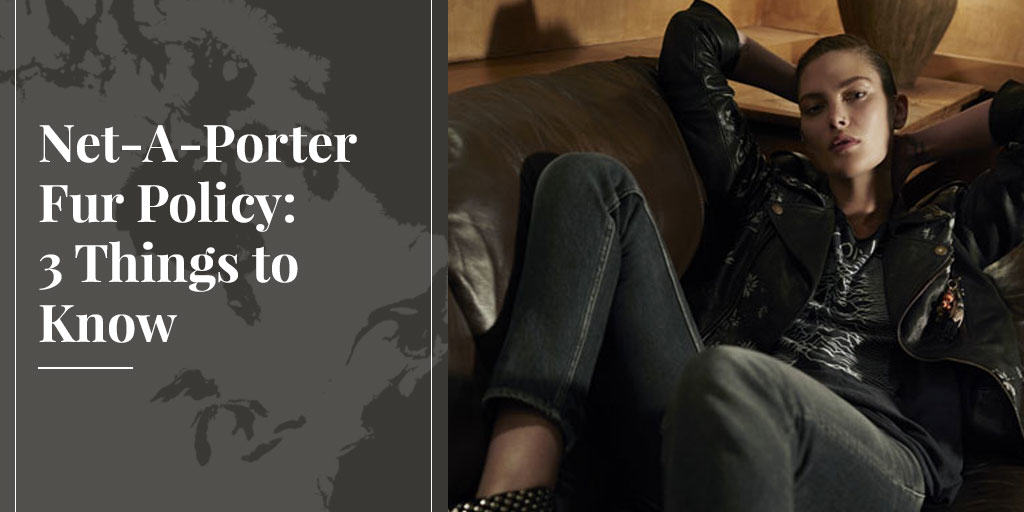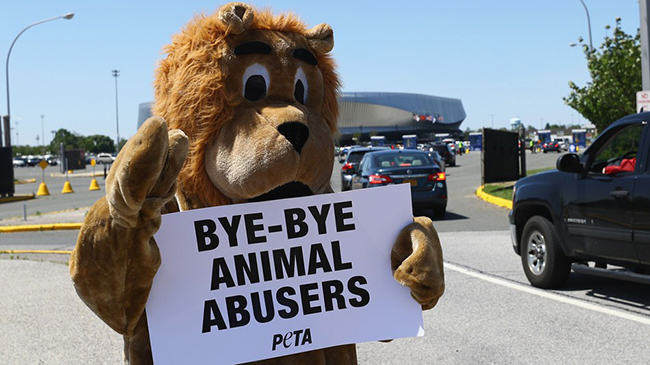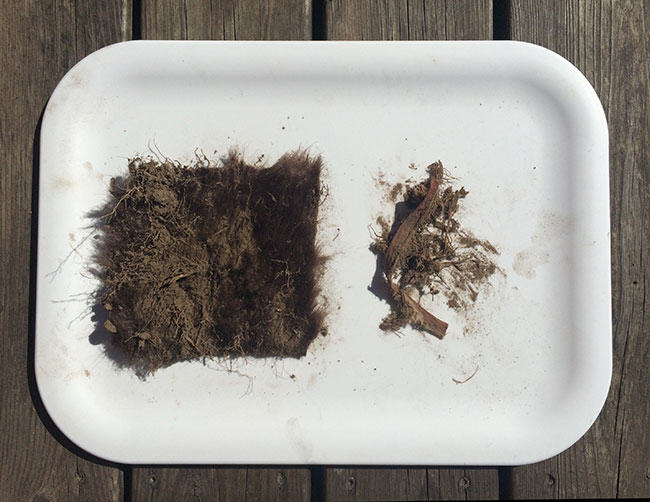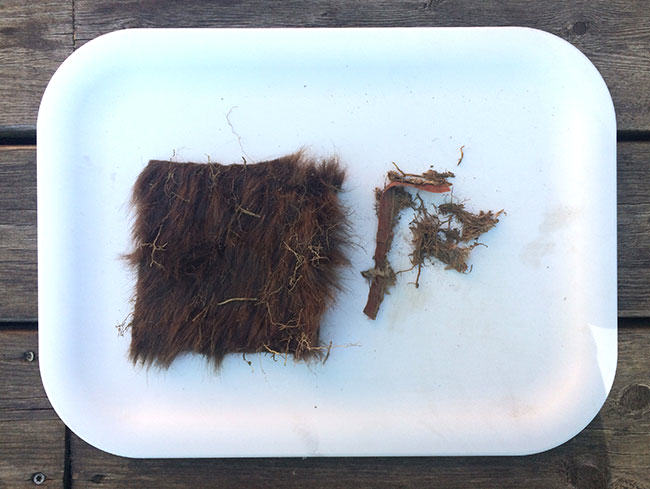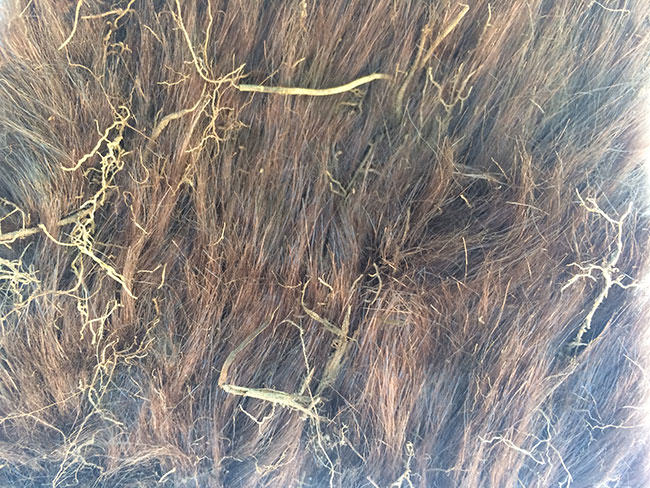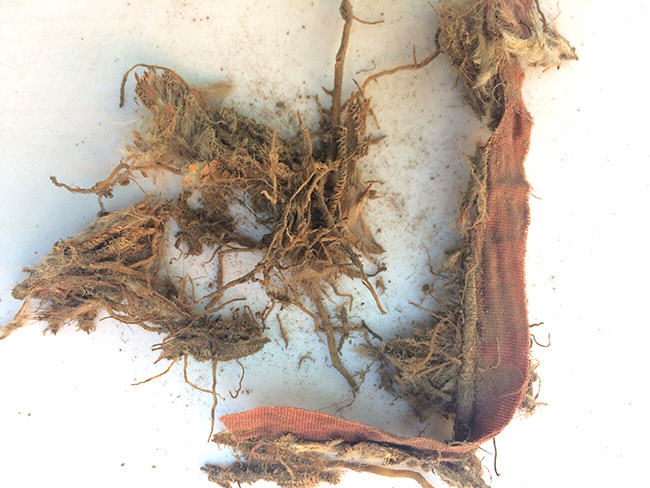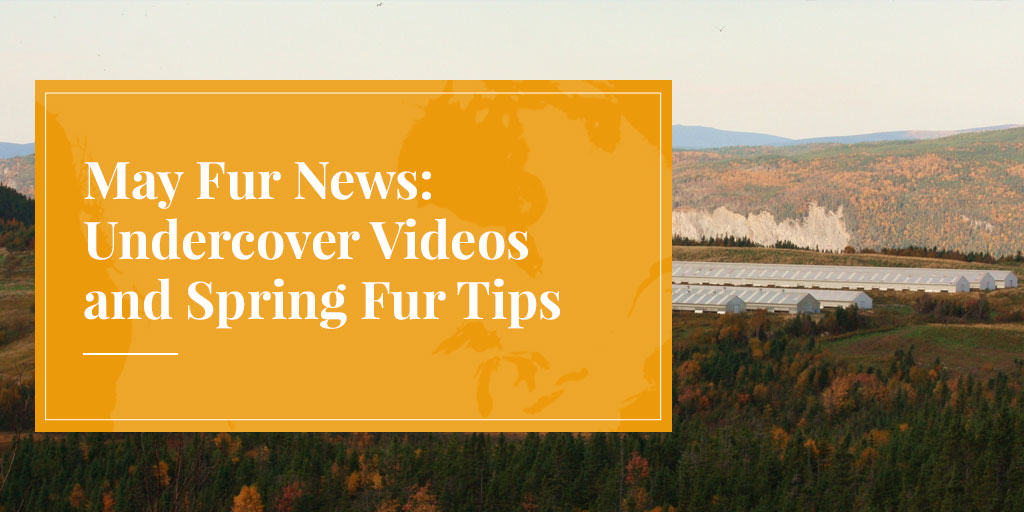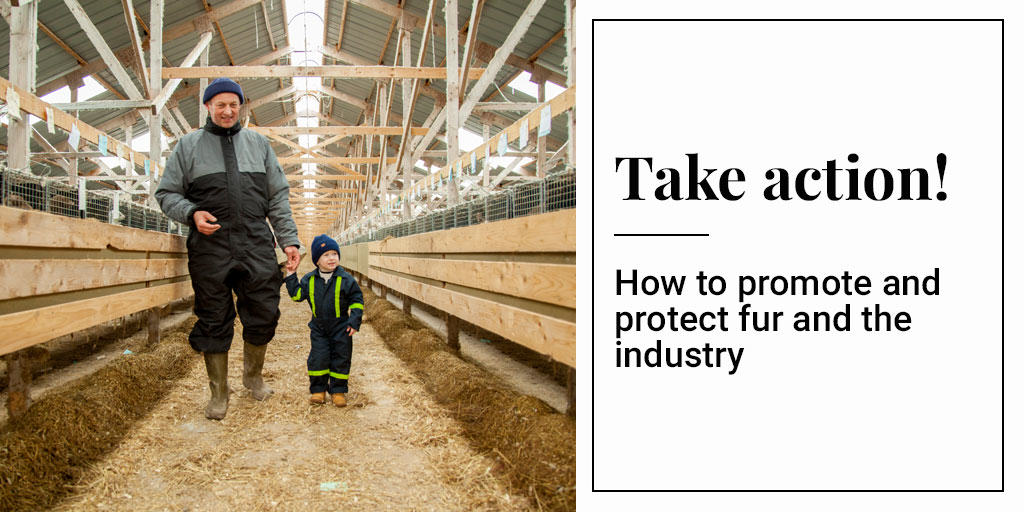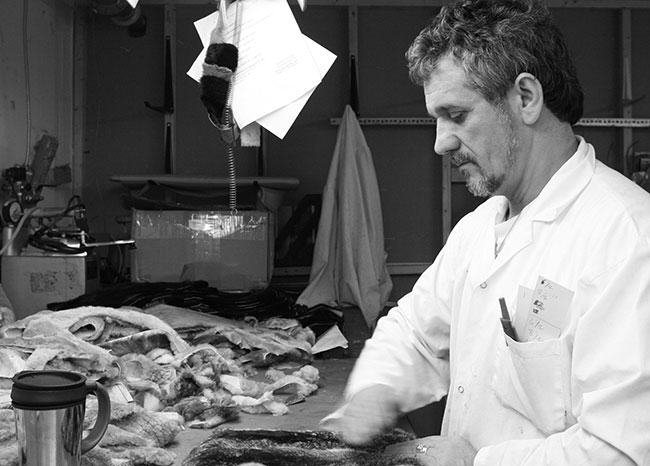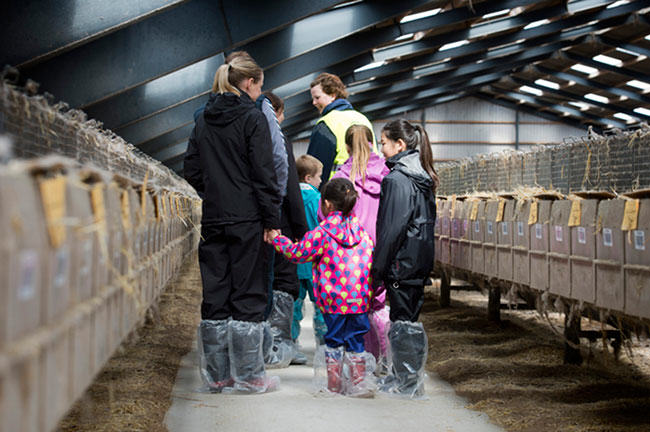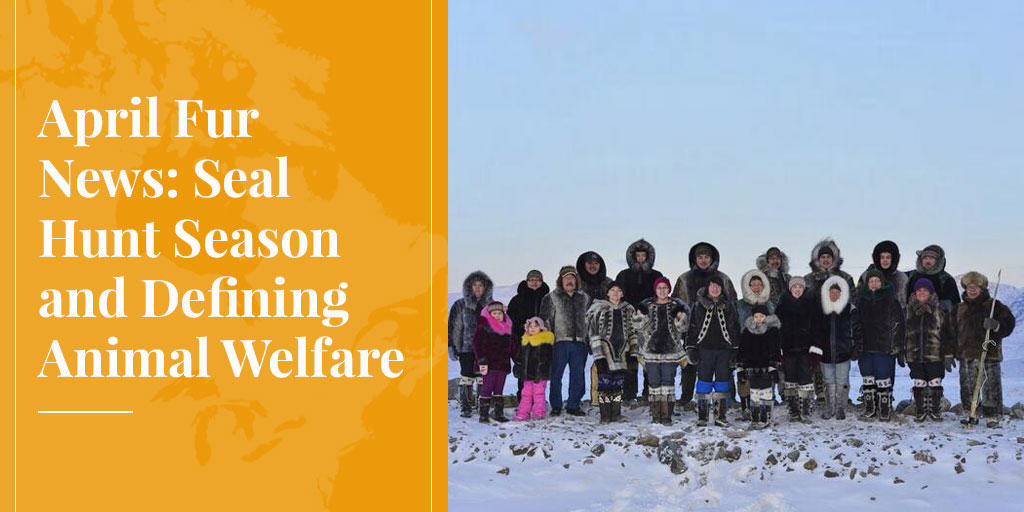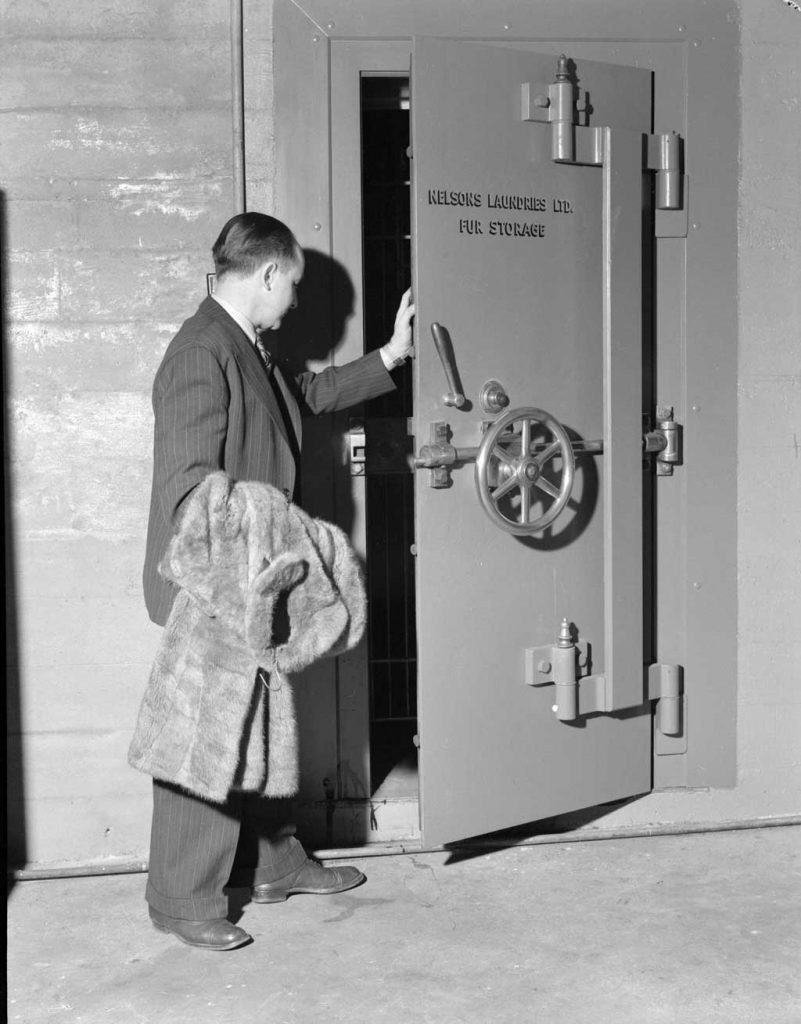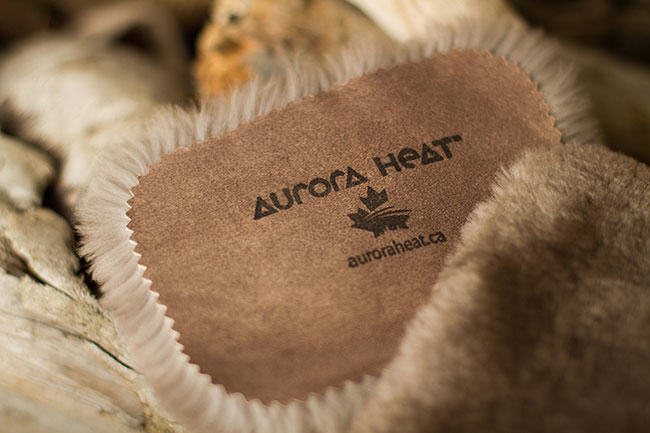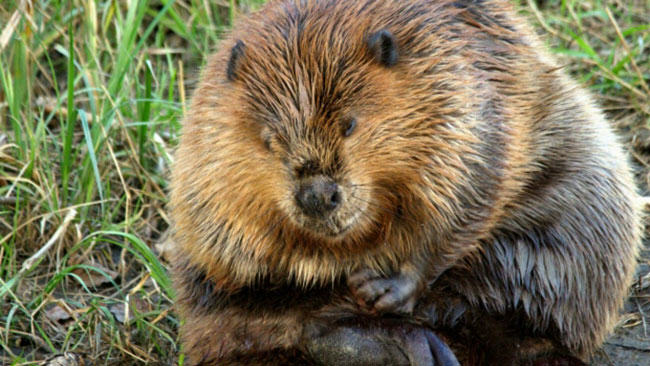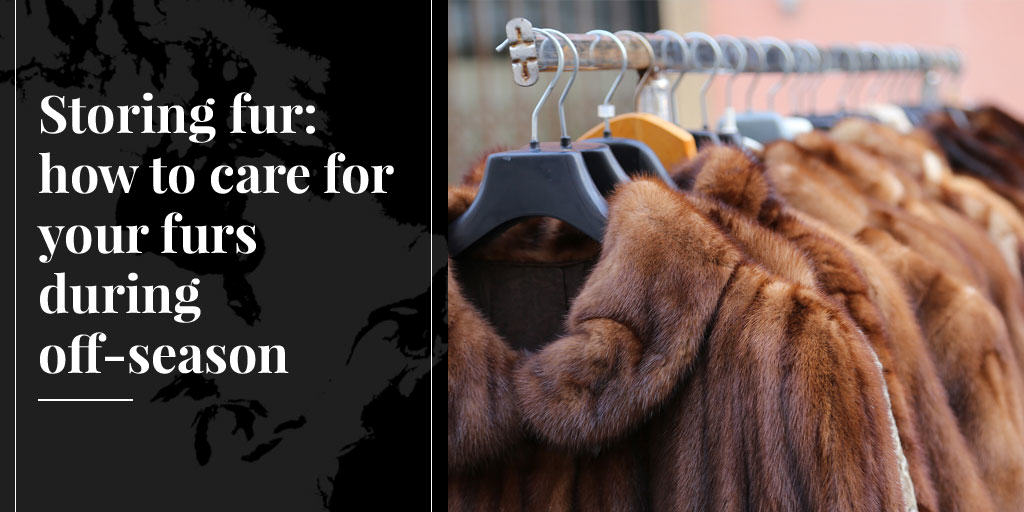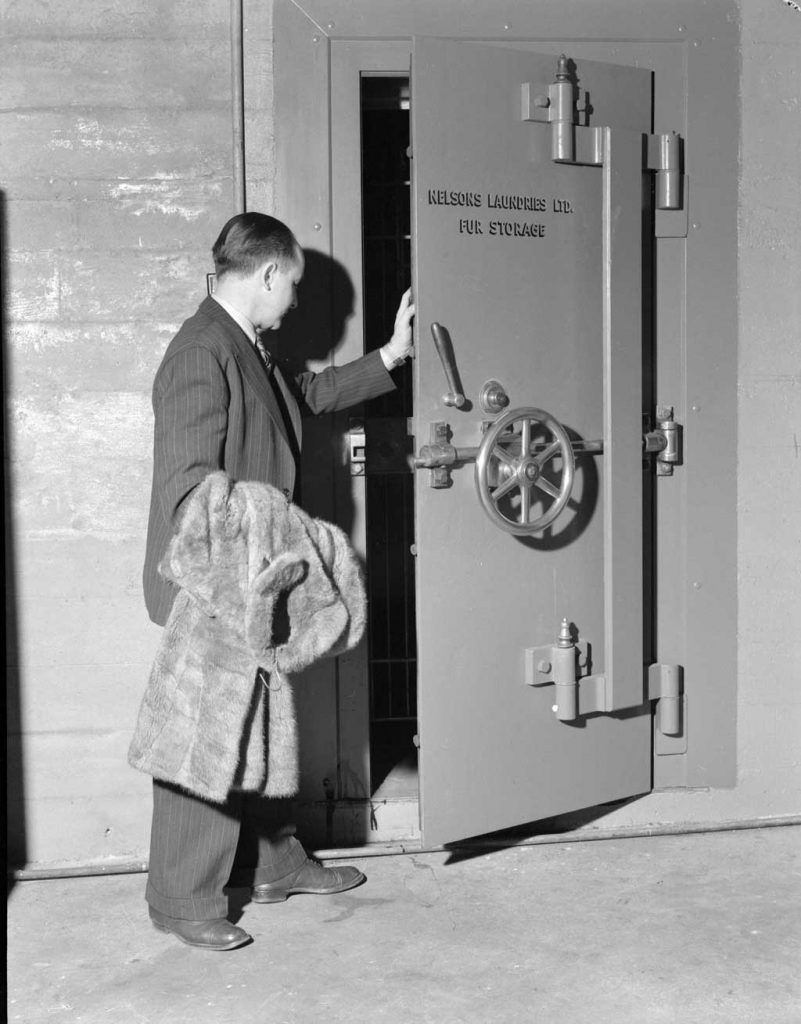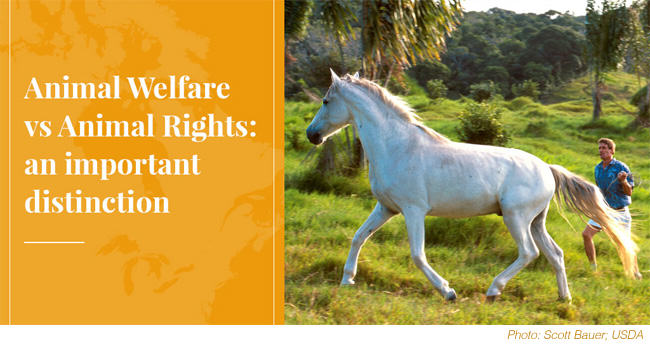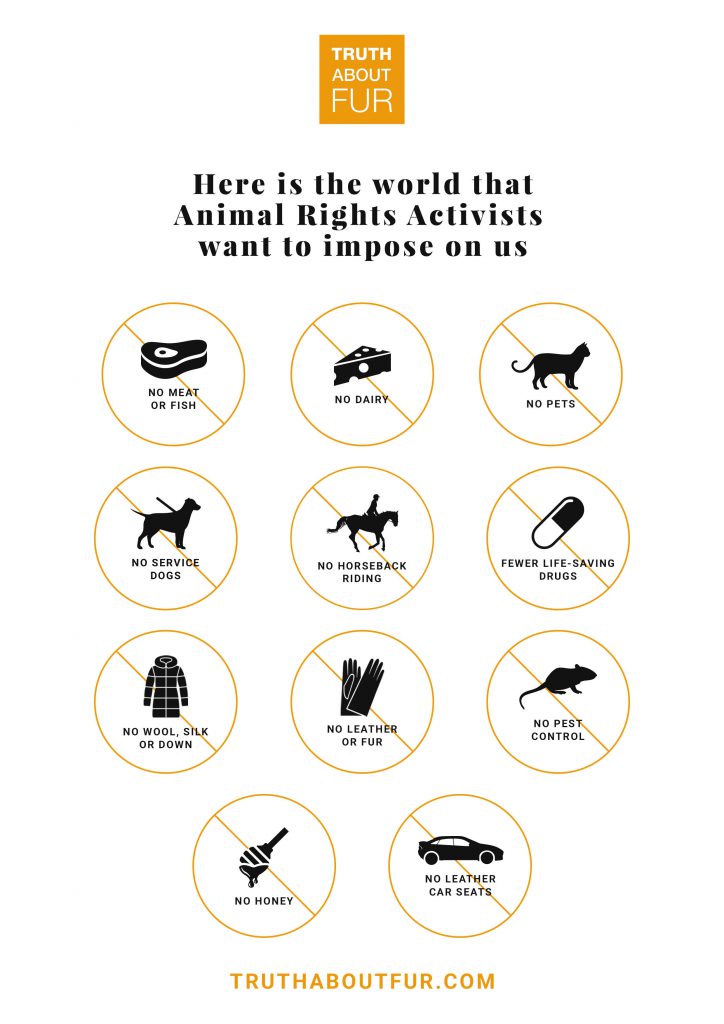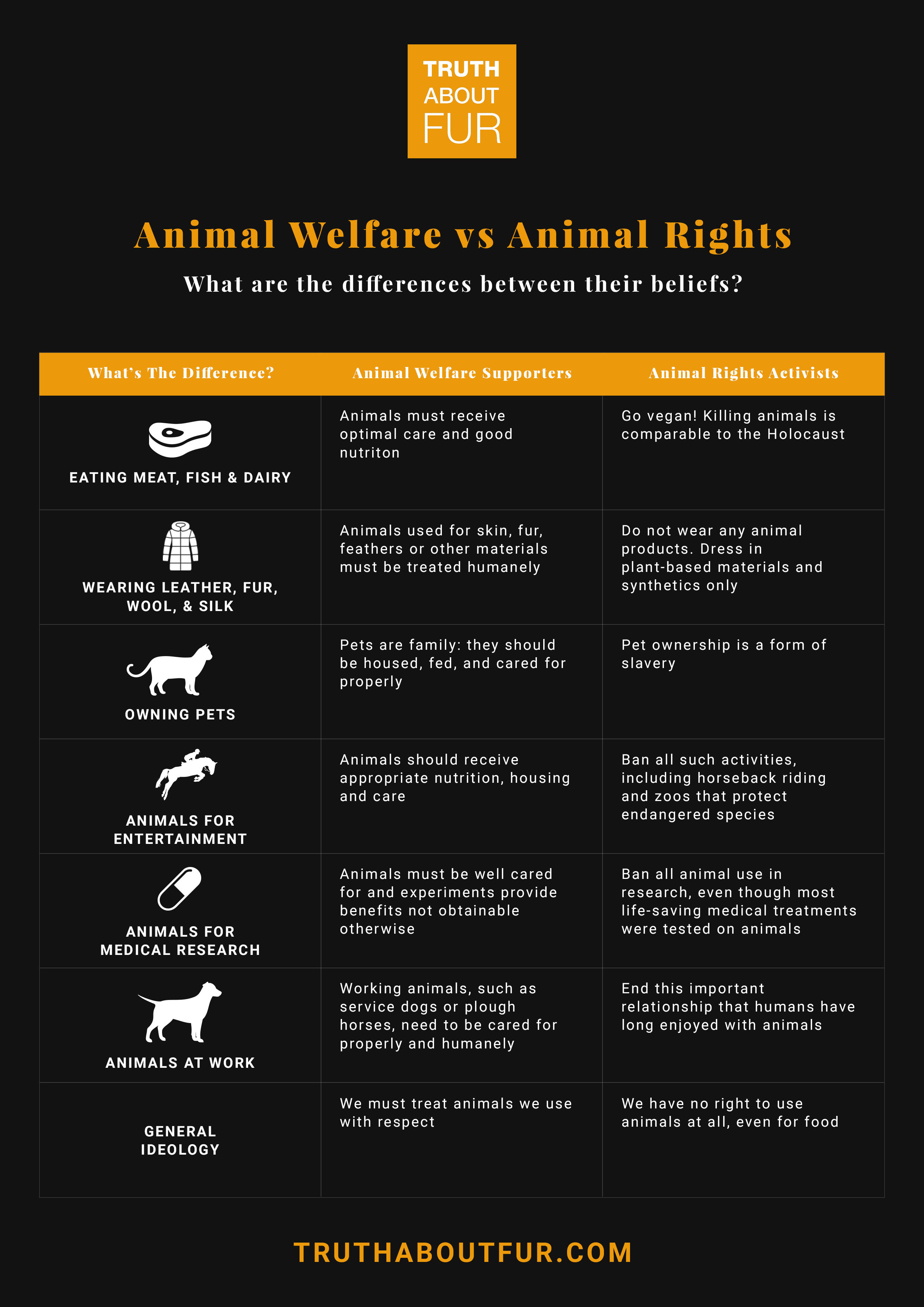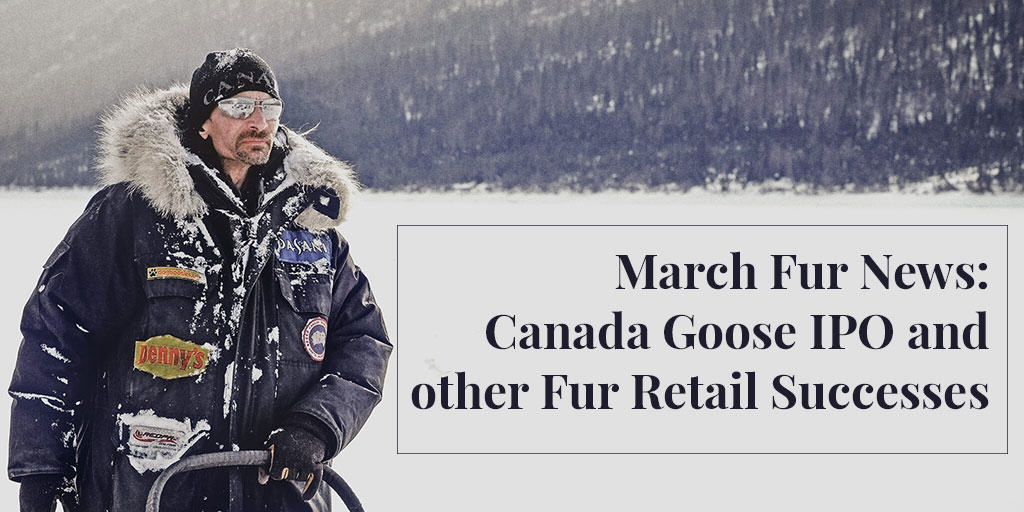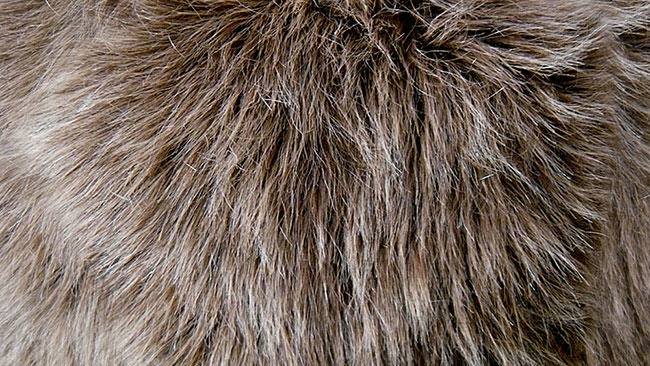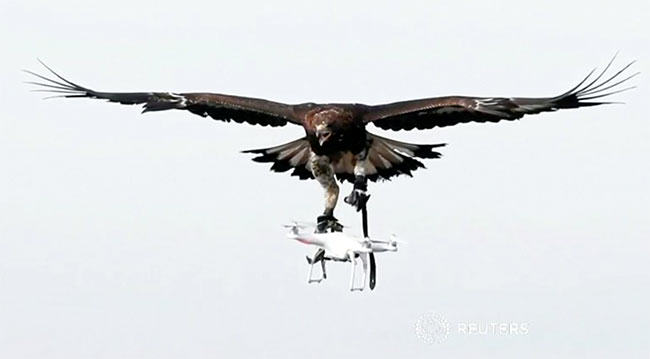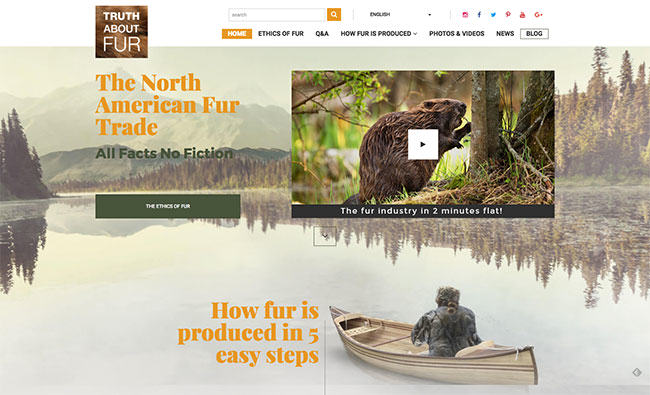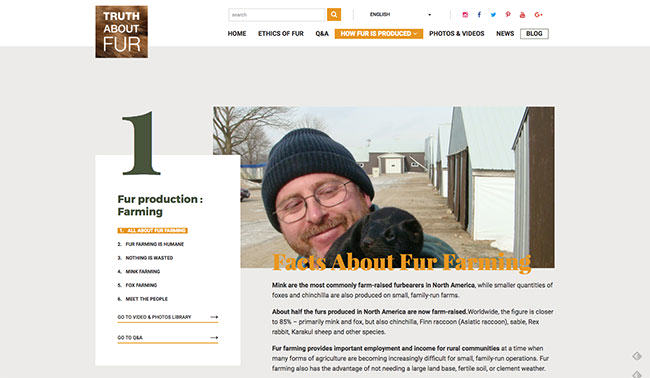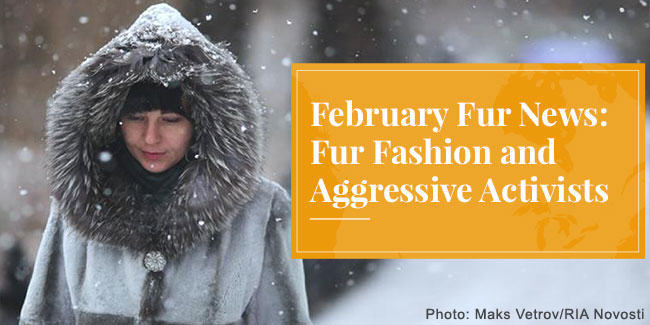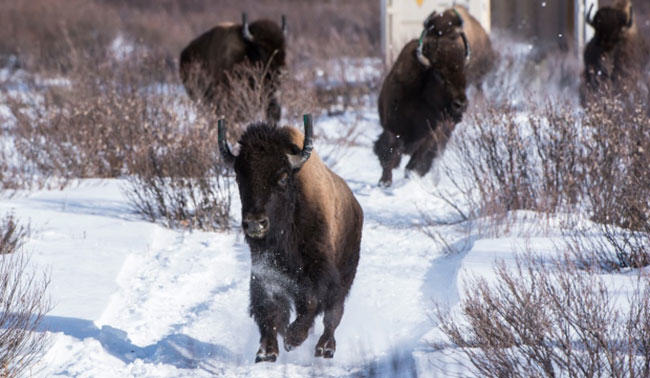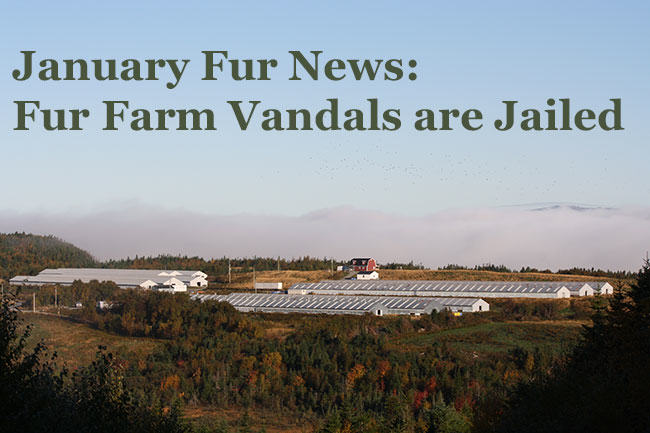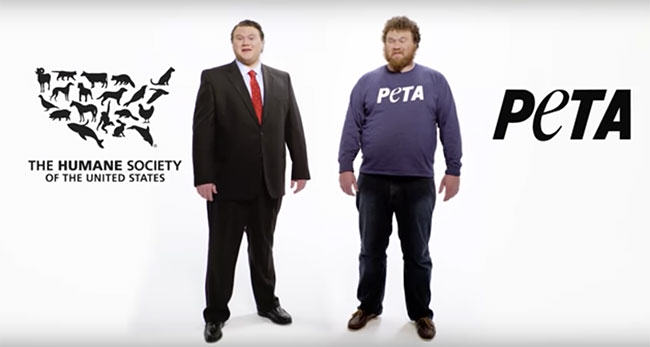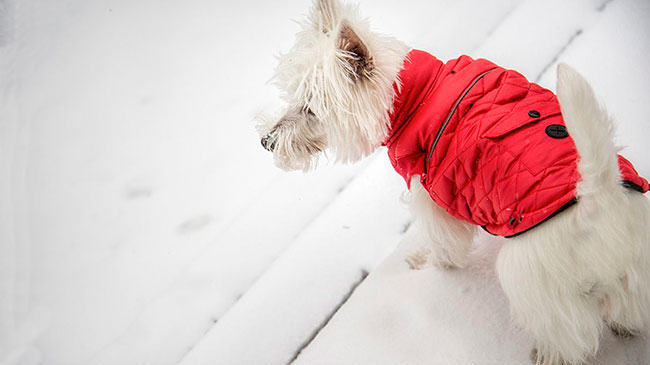The public debate about fur (and other animal products) is often distorted by confusion between two important concepts: animal welfare…
Read More
The public debate about fur (and other animal products) is often distorted by confusion between two important concepts: animal welfare and animal rights. These terms sound similar and are often used interchangeably, but they describe two profoundly different ideas. Caring about the welfare of the animals we use – for food and other purposes – is very different from assigning them the rights that activist groups are now proposing.
Do you believe that farm animals should be treated humanely and spared unnecessary suffering? Then you are a proponent of animal welfare. Animal-rights advocates, by contrast, argue that humans have no right to use animals at all – not for food, clothing, or anything else. They believe that all livestock production should be shut down completely. “Not better cages, no cages at all!” is their rallying cry.
It is rare that we agree with PETA on anything, but its views on the chasm separating animal welfare and animal rights are spelled out clearly on its website for all to see:
“Animal rights means that animals are not ours to use for food, clothing, entertainment, or experimentation ... Animal welfare allows these uses as long as ‘humane’ guidelines are followed.”
Let’s see how this distinction plays out in the real world.
Eating Meat, Fish and Dairy
Animal-welfare advocates have worked for the past 100 years to ensure that the animals that provide us with meat, dairy products and eggs receive good nutrition and care. Thanks to their efforts we have humane-slaughter regulations, codes of practice and other provisions to minimize stress and suffering. This is an on-going process. For example, while modern production methods have made animal protein more affordable for millions, promoting healthy brain development for infants and children, they also raise new animal-welfare challenges.
Animal-rights advocates do not seek better conditions for farm animals. Rather, they oppose all killing and consumption of animals no matter how humanely this is done. Their openly-stated goal is to shut down all livestock farms and to end the consumption of meat, dairy, eggs, and any other animal products – even honey. They demand everyone becomes “vegan”, and argue that animal-welfare improvements only serve to justify what, for them, can never be justified, i.e., the killing of animals.
Wearing Leather, Fur, Wool and Silk
Again, animal-welfare advocates work to ensure that animals used for the skin, fur, feathers, hair, or other materials are treated humanely, with minimal suffering. Their efforts have driven North America’s world-leading trap-research program, and the development of codes of practice for fur farms.
Animal-rights campaigners oppose any use of all animal products for clothing or accessories. They often show examples of shocking abuse in their campaigns against fur, leather, and wool – which can make it look like they are concerned about animal welfare – but their goal is not better standards or regulations. They don’t believe humans have a right to use animals at all, which means no more wool, leather, fur, cashmere, down or even silk.
Owning Pets
Animal-welfare advocates believe that owning a pet is a privilege that comes with responsibilities. A pet needs to be housed, fed, and cared for properly, to ensure an acceptable level of well-being.
Animal-rights activists consider pet ownership to be a form of slavery. In their Brave New World there would be no more cats, dogs, fish, hamsters, bunnies, budgies, or other pets. In fact, the shocking kill-rate at PETA’s “shelter” confirms that it prefers to euthanize pets rather than find new homes for them, despite receiving more than $50 million annually from well-meaning donors.
Animals for Entertainment
Zoos, circuses, racetracks and other activities that use animals for entertainment are obliged, by law, to respect the welfare of their animals, ensuring they receive appropriate nutrition, housing and care.
Animal-rights activists, by contrast, want to ban all such activities. If they have their way, there will be no more animals in circuses, no more horse-back riding or dog shows, not even zoos that support breeding programs for endangered species. If giant panda conservation had been in PETA's hands rather than those of the Chinese government, it would probably be extinct by now.
Animals for Medical Research
The efforts of animal-welfare advocates ensure the responsible care of animals used for medical research. The “3-Rs” require that researchers “Replace” animals with other techniques when possible, “Reduce” the number of animals used to the minimum required to achieve their objectives, and “Refine” experiments to minimize suffering. Experiments using animals must be justified to show that the benefits could not be obtained otherwise.
Animal-rights activists want to ban any use of animals for medical research, no matter the benefits. To understand the implications of this position, consider that, according to the Foundation for Biomedical Research, “Animal research has played a vital role in virtually every major medical advance of the last century - for both human and veterinary health. From antibiotics to blood transfusions, from dialysis to organ transplantation, from vaccinations to chemotherapy, bypass surgery and joint replacement, practically every present-day protocol for the prevention, treatment, cure and control of disease, pain and suffering is based on knowledge attained through research with lab animals.” This does not impress animal-rights activists. According to PETA’s founder Ingrid Newkirk, “Even if animal research produced a cure for AIDS, we’d be against it.”
Animals at Work
People have long used animals for all sorts of work: horses and oxen pull loads and plow fields; pigs root out truffles; service dogs help a range of people in need while others pull sleds and sniff out bombs; and now, falcons are taking down intrusive drones. Most people who work with animals care about their partners and provide them with excellent care, and these animal-welfare concerns are increasingly codified in regulations.
Animal-rights activists seek to end this important relationship that humans have long enjoyed with animals.
Bottom line: while “animal welfare” recognizes that animals enrich our lives in many more ways than we usually consider, “animal rights” denies that humans have any right to use animals for our own ends.
Groups like PETA blur this distinction by showing extreme examples of animal abuse in their campaigns. Their goal is not to improve the treatment of animals we use. It is to end all animal use completely.








